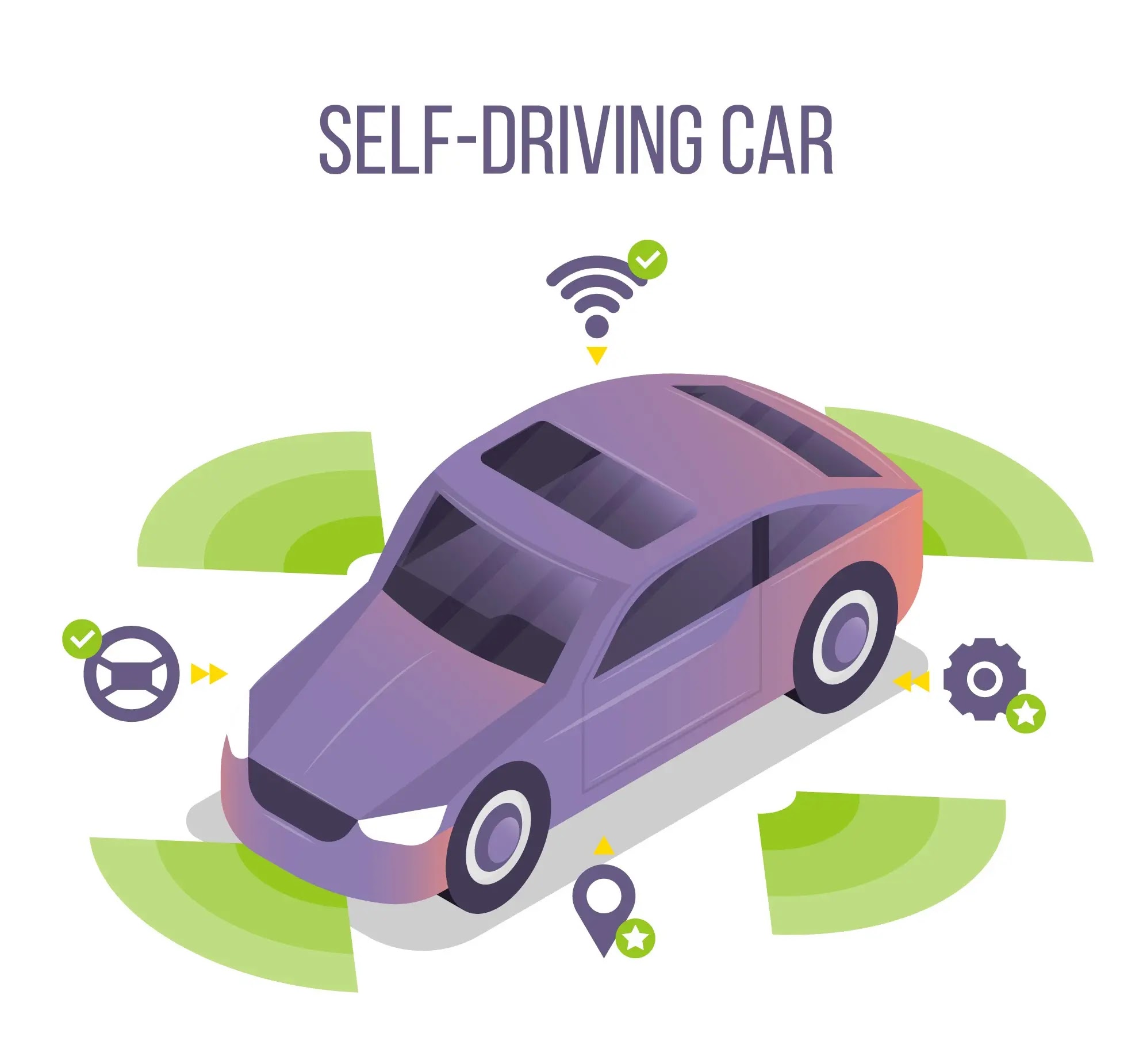Are self-driving cars the future? As the need for safer and more efficient transportation increases, we expect self-driving cars to revolutionize the transportation industry.
How does self-driving car technology work?
Despite the many advances in self-driving car technology, there are still challenges that need to be overcome before these cars become a reality, especially in large and crowded cities.
One of the biggest challenges facing self-driving cars is their ability to see and interpret what surrounds them, so these cars are equipped with many sensors such as radar, cameras, and lidar (laser-based sensing) to help the car detect various objects or obstacles in its path, but what What potential hazards exist outside the range of the vehicle's sensors, particularly on busy city streets where parked vehicles, pedestrians, and other obstructions can block the view of a self-driving vehicle's sensors, especially around corners?
Here's the time for technology developed by James Long and his team at Project Surf City, which uses a network of cameras on both sides of the road to help self-driving cars "see" around corners and over obstacles, giving them a more comprehensive view of their surroundings.
How does this technology work?
Use cameras on both sides of the road to improve visibility
The way this technique works is somewhat similar to X-rays. This system uses cameras on both sides of the road to capture images of the road ahead of the self-driving car, which are then transmitted to the car in real-time. This allows the vehicle to identify potential hazards that may be outside the range of its sensors, which could be hindered by parked cars or large buses blocking the view.
The technology has been tested on the busy streets of Woolwich, south-east London, and has succeeded in helping a self-driving car anticipate problems and navigate congested traffic more smoothly. The self-driving car uses a combination of 3D maps, GPS, radar, and lidar, in addition to this technology to achieve more precise control, which helps it avoid collisions.
Surf City project
This system is part of the Surf City project, which took three years to develop. This project is a collaboration between Nissan, Hitachi Europe, the Transportation Research Laboratory, the University of Nottingham, and others.
The Surf City project uses the Nissan LEAF electric car, which is equipped with an array of sensors and cameras that allow it to navigate busy streets. Over the past three years, the vehicles in the Surf City project have covered approximately 2,500 kilometers of autonomous driving without serious accidents.
Expanding the boundaries of autonomous driving
The SurfCity project is focused on extending the boundaries of autonomous driving beyond the highway into complex city environments. By using traffic cameras on both sides of the road, the self-driving car can obtain a wide range of information to improve its field of view and make the right decision.
This technology could be used to create an integrated ecosystem, where self-driving cars don't just rely on their own sensors, but instead communicate with their surroundings and with other vehicles in that vicinity.
This will reduce congestion and improve traffic safety by allowing self-driving cars to anticipate potential hazards beyond their line of sight.
The future of self-driving cars
While SurfCity has shown promising results, it will be a few years before self-driving cars become a common sight in cities.
The need to prepare the infrastructure and develop high-resolution 3D maps of each area in which it will be used is a major challenge that must be overcome. However, the future of self-driving cars is a bright one.
For this bright future to become a reality, communication systems must be developed between autonomous vehicles and centralized infrastructure, as well as with other vehicles.
Conclusion
The SurfCity project is one example of many projects and research initiatives aimed at developing safe and efficient autonomous vehicle systems. By using a range of different sensors and technologies, researchers are making great strides in overcoming the technical and logistical challenges of autonomous driving.
As self-driving cars become more common on our roads, they have the potential to revolutionize the way we commute, making our roads safer, reducing traffic congestion, and, in turn, improving the quality of life.



Comments
Post a Comment